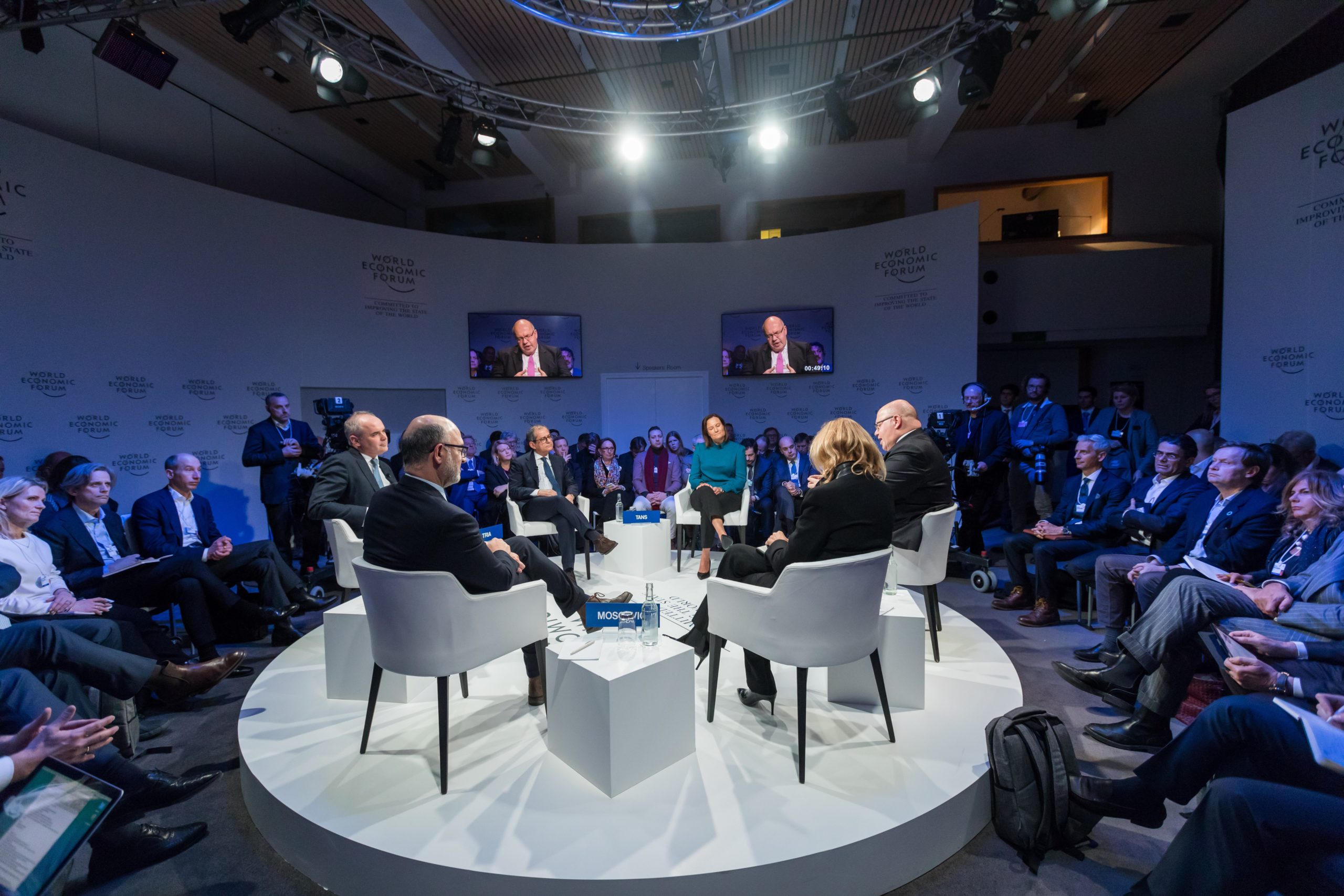While many people think that a PR agency’s responsibilities boil down to announcements and media placement, we can’t discount the power of thought leadership for business executives, especially for B2B companies.
Content is one of the engines for thought leadership, and there are many ways to get the story out, from posting on the company website to being a part of a group like the Forbes Business Council. But one of the best ways to drive influence and visibility for business leaders is to secure earned speaking engagements for them. While some events are pay-to-play, meaning a company has to sponsor the event to secure a slot, there are plenty of conferences that are open to all in the industry. Here’s why earned speaking opportunities are an important PR program element.
Exposure in the right environment
The exposure that results from a keynote or panel opportunity is especially important for leaders at companies that are not household names outside of their industries. Sharing a stage with prominent names offers exposure to prospects, partners, and media.
can also use conferences to elevate people lower down on the totem pole that still have ideas to share, ones that might have otherwise gone unheard. Speaking opportunities are not just for the highest of the higher-ups and it’s a great opportunity to give people a voice.
Credibility
Many executives are subject-matter experts, but they may not have had the chance to showcase their expertise to a large audience. Speaking at an event offers instant credibility and a chance to build a reputation as an expert resource. People will then be interested in what they have to say and what they can offer, which once again can lead to new business opportunities.
PR opportunities
Thought leadership can very easily go hand-in-hand with press releases and media placement, bringing together three main elements of PR programs. Because trade and business media typically cover the conferences and trade shows in their categories, a speaking slot can drive exposure to media and thus, interviews and features. A speaking gig can easily turn into a media story, with the PR team offering commentary to media or using a presentation to weigh in on a relevant issue. Additionally, the PR team can write a news release about the speech or post it on the company site to garner clicks and exposure.
Great company
Speaking opportunities are more than just getting a leader on a stage. It allows them to participate in meaningful networking sessions where they meet peers with whom they can share knowledge and business tips. Conferences can be massive brainstorming sessions, and businesses can miss out on valuable contacts and insight if they’re absent. Of course, business leaders will attend relevant conferences even if they’re not speakers, but they gain extra prestige if they’re on stage, and being positioned with successful industry figures lends weight to their ideas and business brand.
Content that has legs
Just as it sparks PR opportunities, content offered at an event is often high-quality or even provocative stuff that can be repurposed for marketing and visibility down the line. It can be used in direct marketing, particularly email newsletters, press materials, sales presentations, and internal sessions. And of course, it adds to the executive’s speaking portfolio that builds their case to speak at more events, which then leads to more PR opportunities.
There’s no doubt that a strong thought leadership strategy that results in consistent and high-level industry exposure can help turn an emerging company into a more visible brand and an established brand into a category leader.









